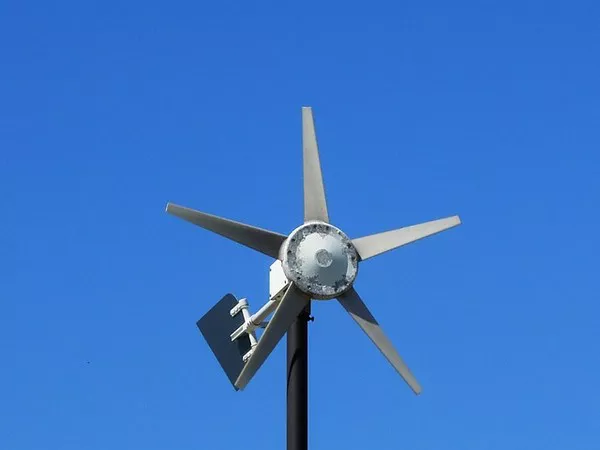Anemometers are crucial instruments used in meteorology, environmental science, and various industries to measure wind speed. These devices play a vital role in understanding weather patterns, assessing potential environmental impacts, and optimizing industrial processes. Among the various types of anemometers, three stand out as the most widely used and reliable: cup anemometers, vane anemometers, and hot-wire anemometers. In this article, we will delve into each type, exploring their principles of operation, applications, and advantages.
Cup Anemometers:
Cup anemometers are one of the oldest and most traditional devices for measuring wind speed. They typically consist of three or four cups mounted at the ends of horizontal arms, which are attached to a central axis. The cups catch the wind, causing the arms to rotate. The speed of rotation is directly proportional to the wind speed, allowing for an accurate measurement.
The design of cup anemometers is based on the principle of mechanical rotation, and their operation is relatively straightforward. As the wind blows, the cups rotate, and the number of rotations per unit of time is translated into wind speed. Cup anemometers are known for their reliability and durability, making them suitable for various applications, from weather stations to industrial settings.
One notable advantage of cup anemometers is their ability to provide consistent and accurate measurements over a wide range of wind speeds. They are particularly effective in outdoor environments where the conditions can be harsh and unpredictable. However, cup anemometers may have limitations in accurately capturing rapid changes in wind direction due to their inertia.
Vane Anemometers:
Vane anemometers, also known as wind vanes, measure both wind speed and direction. Unlike cup anemometers, vane anemometers incorporate a vertical rod with a freely rotating vane at one end. The vane aligns itself with the wind direction, while the rod is connected to sensors that quantify the angular displacement caused by the wind.
The principle of operation for vane anemometers is based on aerodynamics and the tendency of the vane to align itself with the wind. As the wind changes direction, the vane rotates, and the angle of rotation is translated into wind speed and direction measurements. Vane anemometers are valuable for applications where knowing wind direction is as crucial as understanding wind speed.
One of the primary advantages of vane anemometers is their ability to provide real-time information about wind direction, making them suitable for applications such as aviation, environmental monitoring, and air quality assessments. They are particularly useful in scenarios where wind direction variability is significant, such as at airports or in complex terrain.
Hot-Wire Anemometers:
Hot-wire anemometers operate on a different principle compared to cup and vane anemometers. Instead of mechanical rotation, hot-wire anemometers rely on the thermal conductivity of air. These devices consist of a thin wire, typically made of platinum, which is heated to a constant temperature. As air flows over the wire, it cools the wire, and the amount of cooling is directly proportional to the wind speed.
The measurement principle of hot-wire anemometers makes them highly responsive to changes in wind speed, allowing for precise and instantaneous readings. These anemometers are often preferred in research, laboratory, and industrial applications where a high level of accuracy is required.
Hot-wire anemometers excel in capturing fluctuations in wind speed, making them suitable for applications such as turbulence studies, boundary layer research, and indoor air quality assessments. However, they may be sensitive to environmental conditions, and their use in outdoor settings might require additional considerations to protect the delicate wire from contaminants and adverse weather.
See also What is an Anemometer for Kids?
Conclusion:
In conclusion, cup anemometers, vane anemometers, and hot-wire anemometers represent three distinct types of devices used for measuring wind speed. Each type has its own set of advantages and is suited to particular applications based on their operational principles. Cup anemometers offer reliability and durability, vane anemometers provide both wind speed and direction information, and hot-wire anemometers deliver high precision and responsiveness.
Understanding the differences among these anemometer types is crucial for selecting the most appropriate device for specific applications. Whether it’s for weather forecasting, environmental monitoring, or industrial processes, the choice of anemometer plays a pivotal role in obtaining accurate and reliable wind speed data. As technology continues to advance, new innovations in anemometry may emerge, further enhancing our ability to measure and analyze wind patterns with increased precision.

